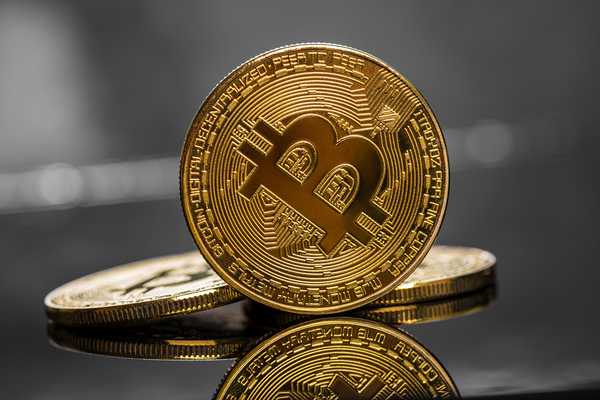
When you buy something from somebody online, to some degree you are engaging in trust. That becomes doubly true when you use systems like PayPal, or even go the old-school route and send somebody a check in the mail. You’re trusting that you’re getting what you paid for (as opposed to a box with a brick in it), that it works, that it is exactly what you bought, and so on. As credit card payment systems have caught up with modern shopping, the need for trust has receded slightly since you can contest credit card charges to an extent if needed. However, the Wild West of consumerism lives on, in a way, in the form of the SPV wallet.
SPV is short for simplified payment verification, which is usually how smartphone altcoin wallets function. To understand it, let’s look at a full payment verification. This is simple. You have the full blockchain of an altcoin in your wallet, the person you are buying from or selling to also has it, and you compare the two chains to ensure they match exactly. One look at bitcoin’s blockchain will tell you this is a process that can take a while, and it’s expensive to boot. SPV, on the other hand, just checks to see if the transaction has been verified by a miner and it turns up on a block in the chain.
It’s not quite as trustworthy as a full check. But as long as the miners are honest (and unless there’s a miner that controls the blockchain completely, miners have to be), it generally is a reliable technology that lets you engage in transactions safely and quickly. To learn more about how wallets work and why it matters, read more on the Bitcoin Market Journal blog and subscribe to the Bitcoin Market Journal newsletter!

